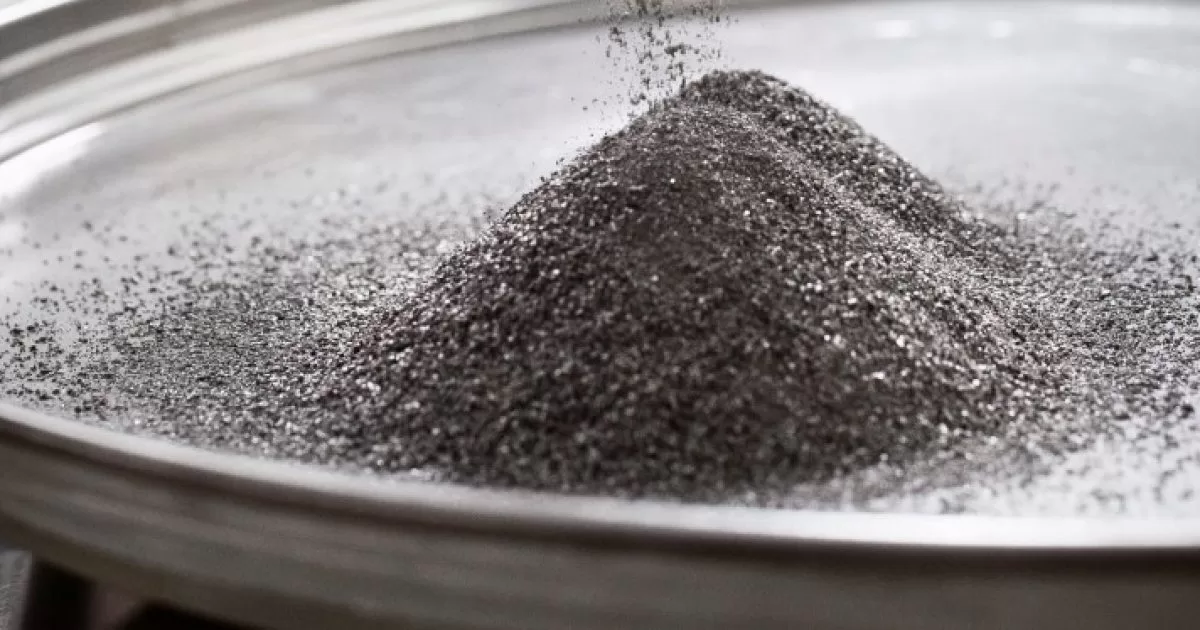In the world of manufacturing, mold inserts play a crucial role in shaping and forming various products. Traditionally, their production has been limited by conventional manufacturing methods. However, the advent of 316L metal powder-based 3D printing technology has revolutionized the mold insert manufacturing process. This article explores how utilizing 316L metal 3D printing is transforming mold inserts, unlocking new possibilities for intricate designs and superior performance.

Unleashing Design Freedom
One of the most significant advantages of 316L metal 3D printing technology is the design freedom it offers for mold inserts. By precisely fusing layers of 316L metal powder, complex geometries with intricate internal structures can be achieved. This level of design freedom empowers engineers and designers to create highly customized mold inserts that were previously unimaginable. From intricate water channels to intricate details, 316L metal 3D printing enables the realization of innovative and optimized designs.
Enhancing Performance and Efficiency
Mold inserts produced through 316L metal 3D printing not only offer increased design possibilities but also deliver enhanced performance and efficiency. The integration of spiral water channels in the mold inserts allows for optimized cooling, resulting in reduced cycle times and improved part quality. The precise control over the manufacturing process enables the creation of mold inserts with superior functionality and performance, ultimately leading to increased productivity and cost savings.

Advanced Manufacturing at its Finest
316L metal 3D printing is at the forefront of advanced manufacturing technologies, revolutionizing the mold insert production process. By leveraging this cutting-edge technique, manufacturers can achieve unparalleled levels of precision, accuracy, and repeatability. The ability to create complex and customized mold inserts with intricate internal structures ensures optimal performance and enables the production of high-quality parts consistently.
Driving Sustainability
In addition to its numerous technical advantages, 316L metal 3D printing also contributes to a more sustainable manufacturing process. The additive nature of 3D printing reduces material waste and energy consumption compared to traditional manufacturing methods. By embracing this technology, manufacturers can align themselves with environmentally conscious practices, promoting sustainability in the industry.
Conclusion
The integration of 316L metal 3D printing technology into mold insert manufacturing is revolutionizing the industry. With design freedom, enhanced performance, and sustainable manufacturing practices, this advanced technique is driving innovation and pushing the boundaries of what is possible. If you are interested in learning more about our 3D printing services or mold manufacturing capabilities, please contact us.




